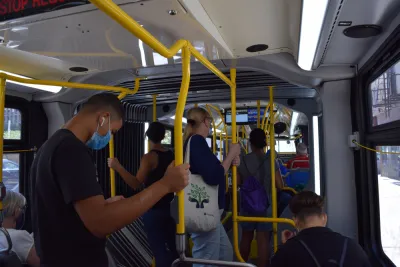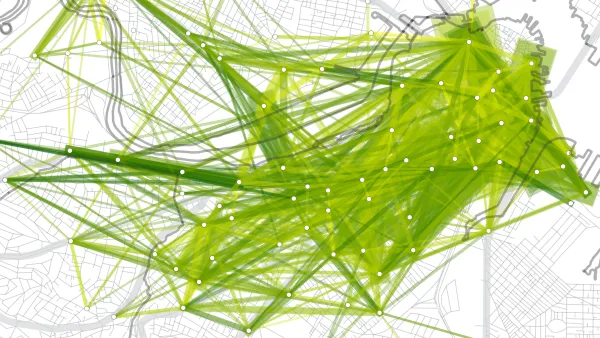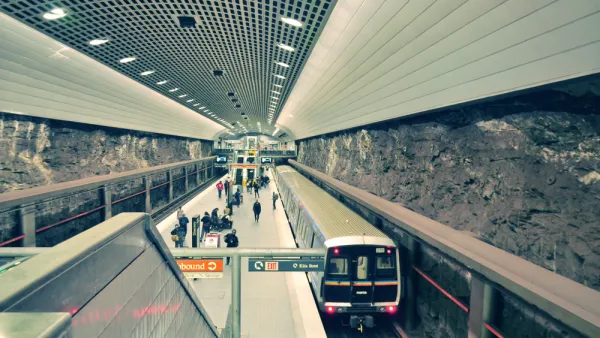While the future of transit ridership depends on a range of still-uncertain factors, the commuter-centric patterns that characterized pre-COVID transit service are probably a thing of the past.

Writing in Seattle Transit Blog, Sherwin Lee acknowledges the uncertainty of the future of post-COVID public transit. “Two years into the pandemic and counting, it’s fairly evident that there has been and will be no ‘v-shaped’ recovery for transit ridership,” Lee writes. “The issue is that many of the variables that go into ridership projections are still riddled with near-term uncertainty,” making it difficult to make any confident predictions about post-pandemic ridership.
But there are some trends worth noting. “Here’s a crude back-of-the-napkin analysis for calculating potential lost ridership: Roughly half of pre-COVID ridership was commuters, of which we might assume a third will now be fully remote, another third will be hybrid (commuting a few days a week), and the remaining third will go back to the office mostly full-time. Rounding out the math, that gives us a quarter of trips that will disappear forever.” Bolstering Lee’s point, “According to APTA, nationwide ridership is still hovering about 50-60% of pre-pandemic levels.”
For Lee, “What does matter is that cities and transit agencies immediately adapt to our new housing and land use reality.” For Lee, this means reducing their reliance on commuters and “downsizing peak-only services and building up frequent all-day cross-town connections,” as well as making more significant changes such as more diverse housing options and mixed-use development in more neighborhoods.
FULL STORY: What will be the new normal for post-COVID ridership?

National Parks Layoffs Will Cause Communities to Lose Billions
Thousands of essential park workers were laid off this week, just before the busy spring break season.

Retro-silient?: America’s First “Eco-burb,” The Woodlands Turns 50
A master-planned community north of Houston offers lessons on green infrastructure and resilient design, but falls short of its founder’s lofty affordability and walkability goals.

Delivering for America Plan Will Downgrade Mail Service in at Least 49.5 Percent of Zip Codes
Republican and Democrat lawmakers criticize the plan for its disproportionate negative impact on rural communities.

Test News Post 1
This is a summary

Test News Headline 46
Test for the image on the front page.

Balancing Bombs and Butterflies: How the National Guard Protects a Rare Species
The National Guard at Fort Indiantown Gap uses GIS technology and land management strategies to balance military training with conservation efforts, ensuring the survival of the rare eastern regal fritillary butterfly.
Urban Design for Planners 1: Software Tools
This six-course series explores essential urban design concepts using open source software and equips planners with the tools they need to participate fully in the urban design process.
Planning for Universal Design
Learn the tools for implementing Universal Design in planning regulations.
EMC Planning Group, Inc.
Planetizen
Planetizen
Mpact (formerly Rail~Volution)
Great Falls Development Authority, Inc.
HUDs Office of Policy Development and Research
NYU Wagner Graduate School of Public Service





























